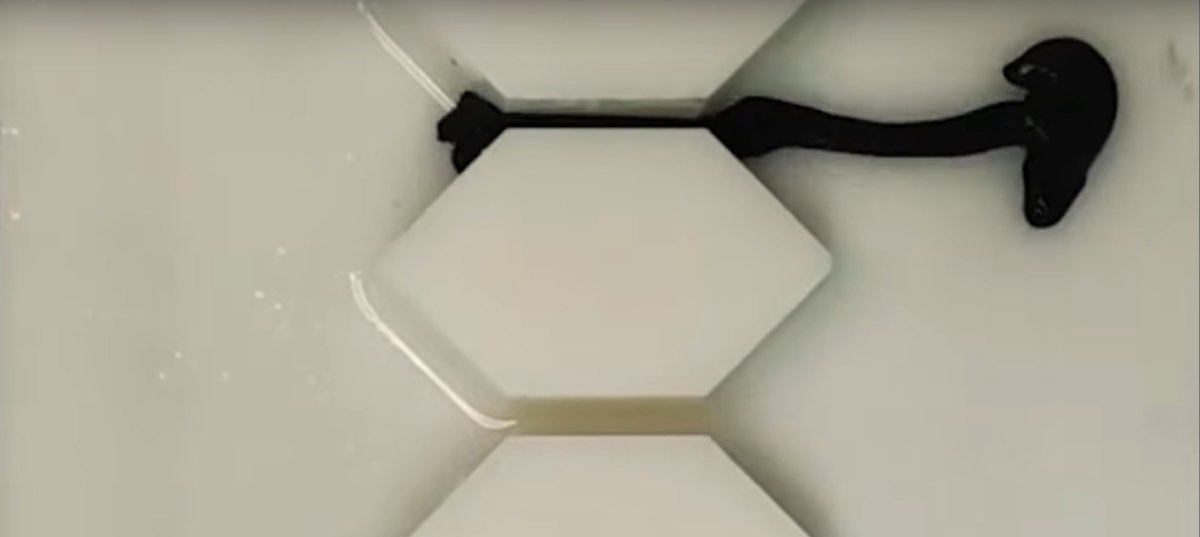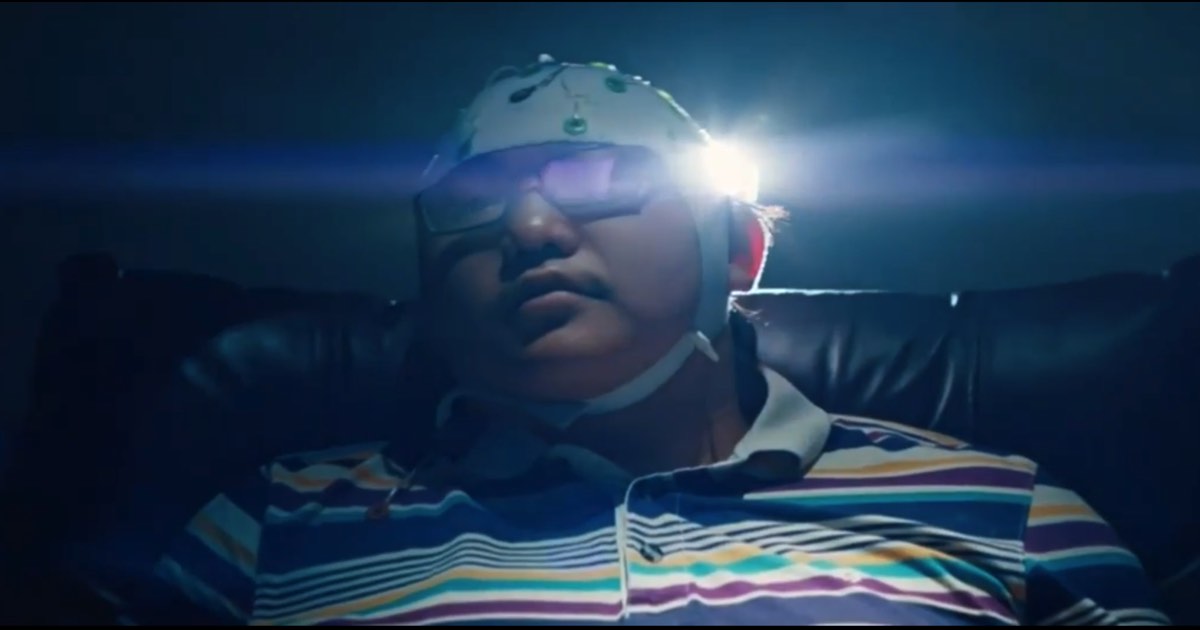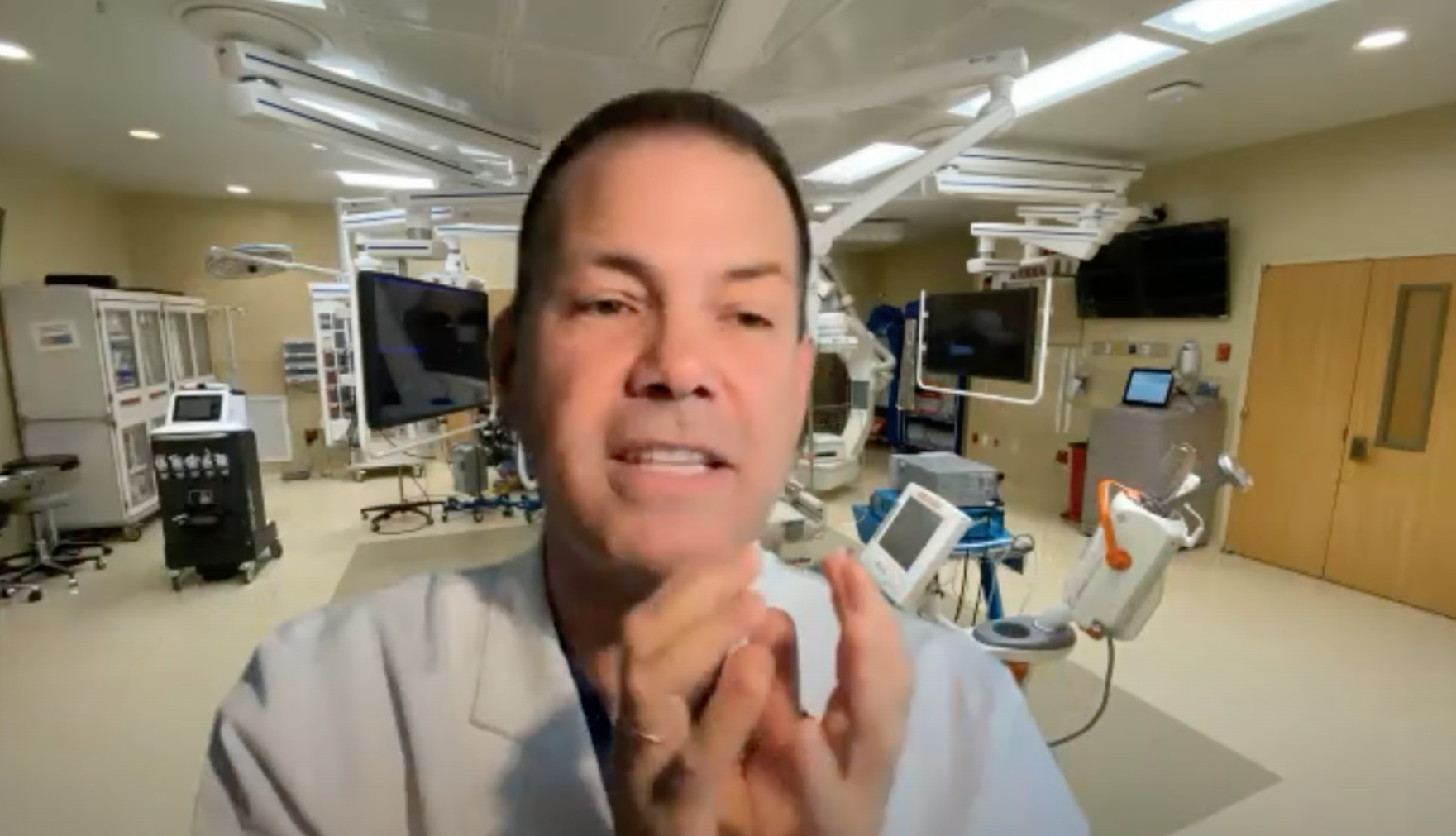The Marburg virus disease is a severe haemorrhagic fever that’s often times fatal to humans. The virus is transmitted to people from cave-dwelling fruit bats and is considered to be highly contagious. While the bats don’t show signs of the disease, they can spread it to humans or monkeys that come in contact with them. Once a person is infected, the effects of the Marburg virus can be devastating, starting off initially with a nasty fever, accompanied by vomiting, diarrhoea and extreme lethargy. Later symptoms of the virus also include bleeding from multiple sites, followed by aches and pains, PCR (Polymerase Chain Reaction), jaundice, and multiple organ failure which in many cases, leads to death. The Marburg virus disease is a lot similar to the Ebola virus, leading to the same dangerous symptoms and often times fatal consequences.
The Marburg and RAVN viruses both have high fatality rates. Both viruses result to multi-organ failure in those who are infected. Since there aren’t any therapeutics or vaccines currently approved by the FDA for the treatment of Marburg and RAVN virus, doctors have no choice but to provide the infected with palliative care. As in, replacing the body’s fluids and electrolytes, and providing the patient with pain relief. There is no treatment for the disease and patients do not go to the hospital until their disease has reached a critical stage.
Recently, a group of researchers at the University of Texas – Medical Branch, led by Thomas Geisbert, PhD, Department of Microbiology and Immunology, carried out a study on the effects of Marburg and RAVN viruses which showed positive results. During the study, researchers used a new and potentially effective drug that makes use of small interfering RNA against the viruses. The main problem with using small interfering RNA is in delivering an efficient delivery system that will help the body absorb the new medication. For this, the researchers used lipid nanoparticles which help protect the drug from the body’s natural defence system so that it can be delivered to the cells infected by the Marburg and RAVN viruses. The research was conducted on primates and show positive results. But, professor Thomas Geisbert who headed the research admits that there’s a long way to go before the treatment can be used in humans.
The study was conducted in Biosafety Level (BSL)-4, which is classified as a highly-restricted area where scientists wear positive pressure protective suits in order to study pathogens of fatal diseases. The University of Texas Medical Branch has got the only functioning BSL-4 laboratory in any US university campus, making the work done by the researchers ground-breaking in many ways.








